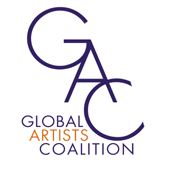The Hunt for Stolen Art Treasures in Western Museums
Decades after the end of colonization, Western nations are still not budging when it comes to the repatriation of stolen art. Exploited countries still have to beg richer ones to give back their looted treasures – or worse, shamefully agree to a temporary loan-back. The illicit global trade in stolen antiquities and other works of art is worth an estimated $6 billion a year, based on data from Global Financial Integrity, a non-profit advocacy organization in Washington.

Who can forget the audience cheering when the character Killmonger, from the Marvel movie “Black Panther,” stole back African artifacts from a British museum
National treasures and great works of art continue to be stolen, looted, auctioned off, or taken into custody through dubious provenance documents, including fake bills of sale and phony tax liens. Shedding light on the continuing exploitation is a critical first step in holding those perpetrators accountable.
Here’s a list of eleven cultural artifacts and works of art caught in the illicit global trade of stolen art:
11) Nazi Plunder of European Art (1933-1945)
Before and during World War II, Nazis looted an estimated 20 percent of Europe’s fine art heritage by confiscating precious cultural assets owned by Jews and from museums located in Nazi occupied countries.
The wealthy Jewish-American businessman Ronald Lauder purchased the Gustav Klimt painting for $135 million and placed it in his Neue Galerie, in New York City. The Neve Galerie is highly dedicated to pieces of Jewish art that were stolen from the Nazis and recovered.
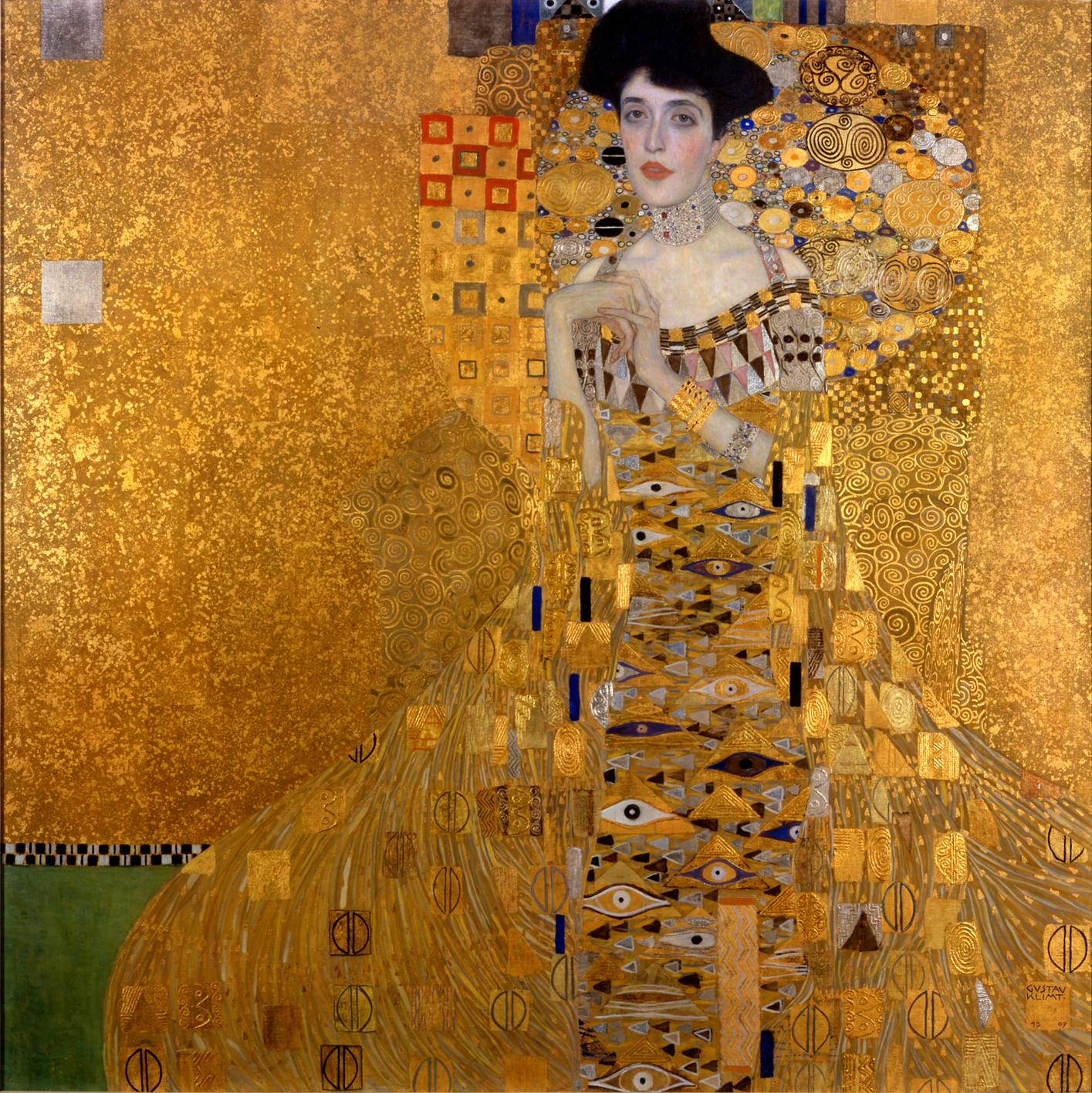
Arthur Brand, a leading art detective who earned the nickname the “Indiana Jones” of looted art, said it was surprising the lengths those in possession of stolen art go to to keep it. He told The Daily Beast that countries and museums that cling to stolen art use the very “Nazi tactics” the Nazis themselves used to steal it in the first place.
In many cases, if a Jewish family was incarcerated in a concentration camp, their archives and provenance records were destroyed and replaced by counterfeit documents or fake bills of sale. Another egregious Nazi tactic was to fabricate tax debts that were then marked “paid” by the acquisition of the art.
Brand said that many museums still use fraudulent Nazi records as proof that a Jewish families sold their art legitimately. A red flag is whether or not a museum participates in the Provenance Research Project database, listing objects with questionable provenance obtained during and after World War II.
10) Kmer artifacts / Baphuon Shiva
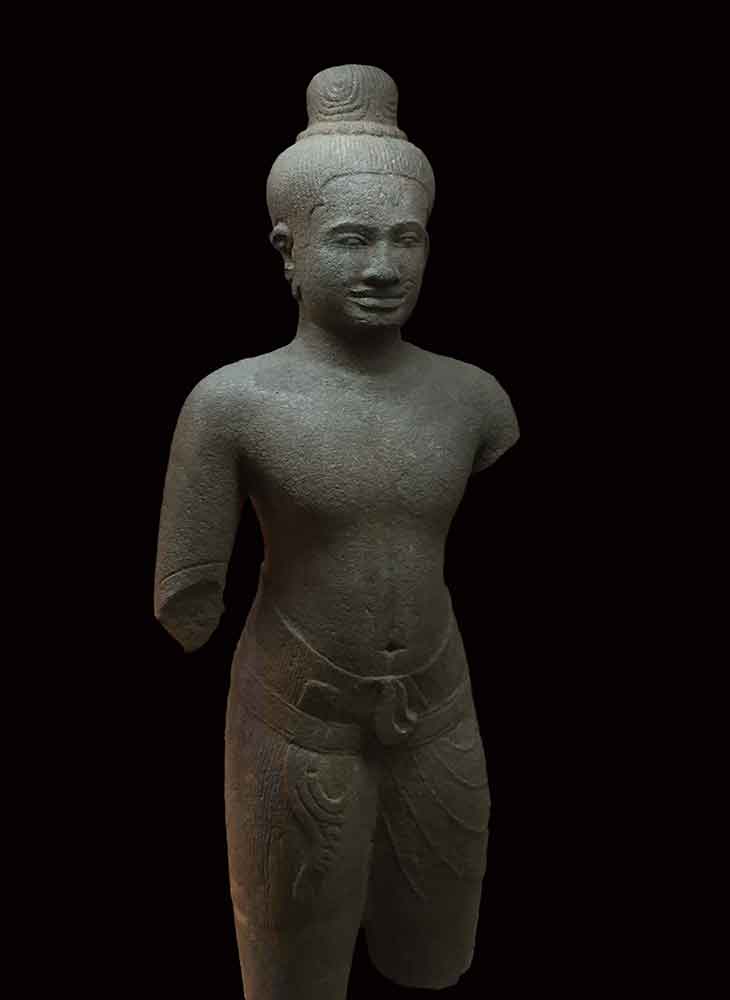
The criminal complaint highlights Ms. Wiener’s purchase of the Baphuon Shiva, an 11th-century Angkorian-era statue that New York state prosecutors claim was plundered from Cambodia.
Examples are everywhere of Khmer sculptures from Cambodia and Buddhist images from Myanmar and Thailand of uncertain provenance crossing international borders and making their way into private collections, museum galleries, and auction blocks.
From at least as early as 1999, New York prosecutors say, Ms. Wiener “used a laundering process that included restoration services to hide damage from illegal excavations, straw purchases at auctions to create sham ownership histories, and the creation of false provenance” to dodge international law on antiques sales.
Despite noticing irregularities with the standing statue of the Hindu god Shiva—an auction house employee noted it had “cracks and joints dressed up with paint splatter to mask repairs” —the auction house still accepted Ms. Wiener’s claim that the item had been purchased in the 1960s from a private British collector. It was eventually resold on Ms. Wiener’s behalf for $578,500.
By taking advantage of lax provenance rules that only require art items to have left Cambodia prior to 1999, the auction house appears to not have scrutinized Ms. Wiener’s claims. Prosecutors say that Weiner sold some 380 lots of her mother’s collection for about $12.8 million in 2012.
9) Elgin Marbles, Greece
The British museum has opposed any calls to return Greece’s ancient artwork.
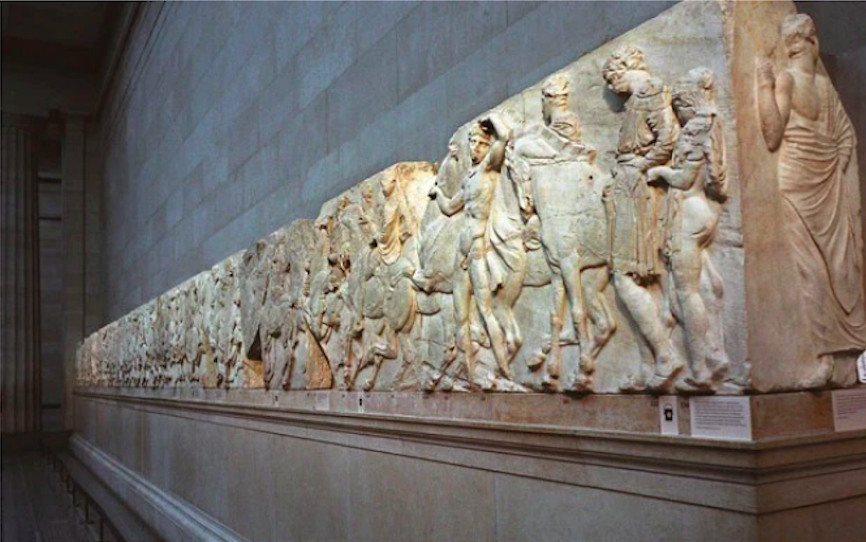
This collection of ancient Greek marble statues, also known as the Parthenon Marbles, has long been the source of a raging debate between Greece and the British Museum. The priceless relics were removed from Athens by British envoy Lord Elgin while he was ambassador to the Ottoman court of the Sultan in Istanbul. The Ottoman Empire, modern day Turkey, ruled Greece in the early 19th century.
Greece disputes the British Museum’s ownership claim, maintaining that Lord Elgin removed the marbles illegally while Greece was under Turkish occupation.

The Elgin Marbles collection consists of roughly half of what now survives from the Parthenon. They have been a prized possession of the British Museum since 1816.
8) Zimbabwe Bird
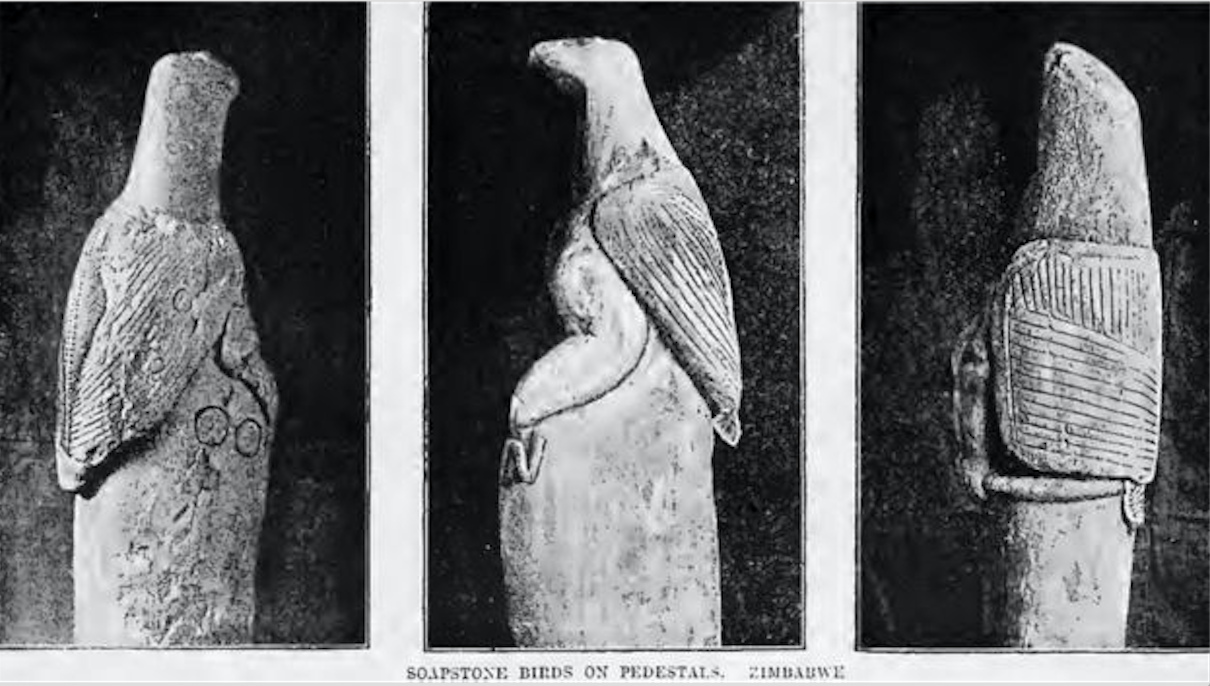
The soapstone sculpture of a fish eagle is Zimbabwe’s main national emblem. Eight of the Zimbabwe Birds were looted from the ruins of the ancient city of Great Zimbabwe.

The stone-carved Zimbabwe Bird is the national emblem of Zimbabwe. The bird’s design is derived from a number of soapstone sculptures found at the ruins of the ancient city built between the 12th and 15th centuries by the ancestors of the Shona people.

Colonizers went to great lengths to delay the inevitable transition to Black majority rule. The former apartheid regime of Rhodesia went as far as applying political pressure on archaeologists to have them officially deny that the ancient city of Great Zimbabwe had been built by native Africans.
Today, the former British colony of Southern Rhodesia is now called the Republic of Zimbabwe, derived from the Shona name for the great ancient city. The Great Zimbabwe ruins have been declared a national monument by the Zimbabwean government and a world heritage sight by UNESCO.
Can we blame formerly colonized nations for wanting their heritage back by any means necessary?

7) Benin Bronzes
The Yoruba people of Benin created sculpted heads that today are known as the Benin bronzes – but the heads are in fact made of brass. These priceless works of art were often created for Oba Kings and believed to have magical powers.
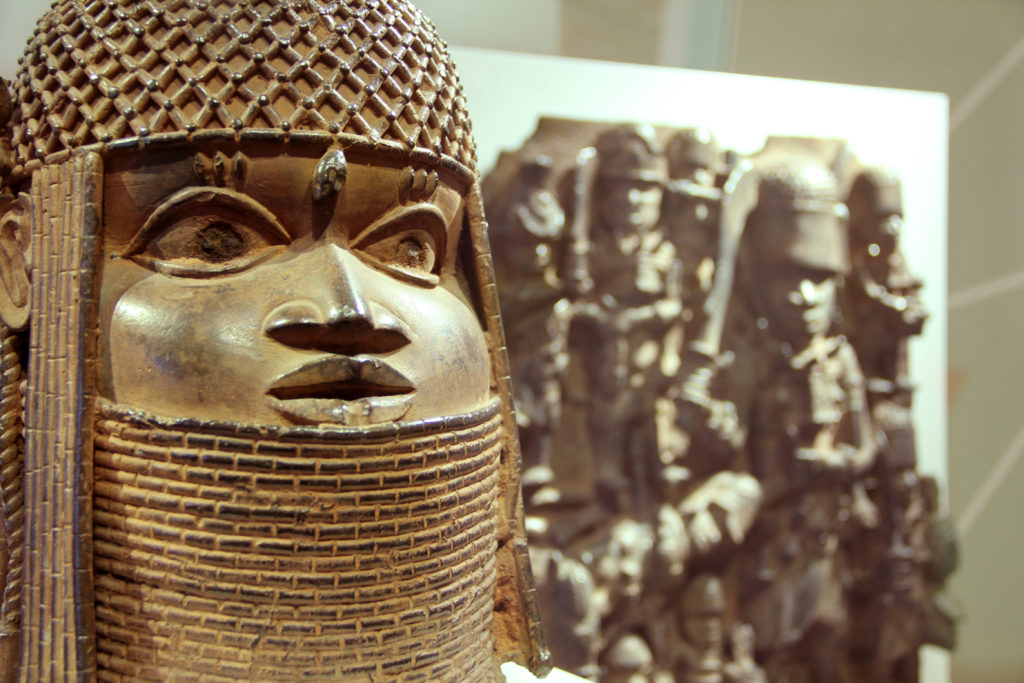
Art treasures from the former Kingdom of Benin – modern-day southern Nigeria – were plundered by the British in 1897 during what was called the punitive expedition.
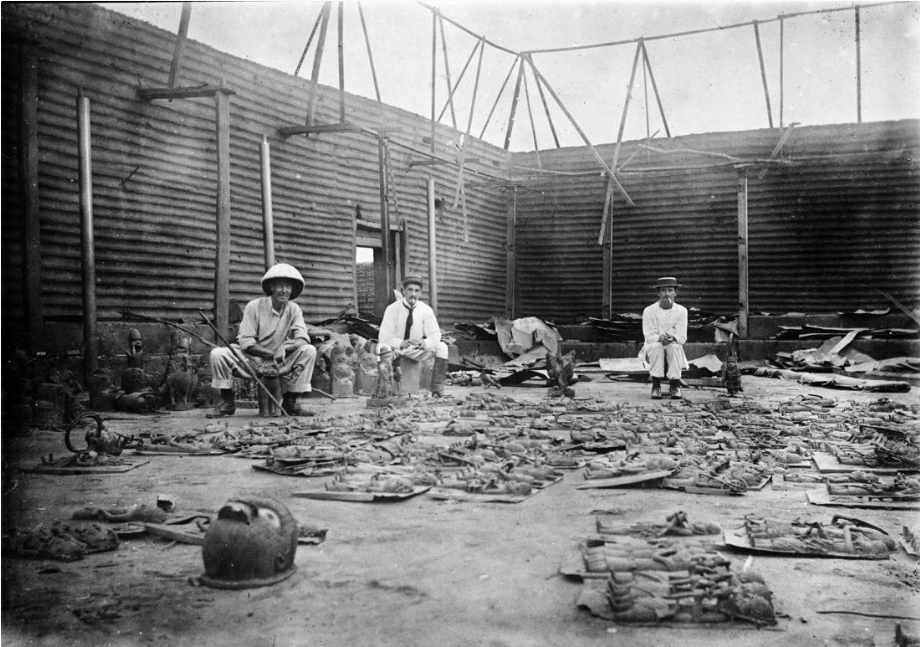
Several of the artifacts looted from the Benin palace were of great cultural significance, including items that were a part of the Oba (king’s) coronation. In total, some 4,000 of intricate sculptures were removed with many ending up in museums in Britain, Germany, and the United States.
The British Museum will loan the looted Benin Bronzes to Nigeria’s Royal Museum opening 2021

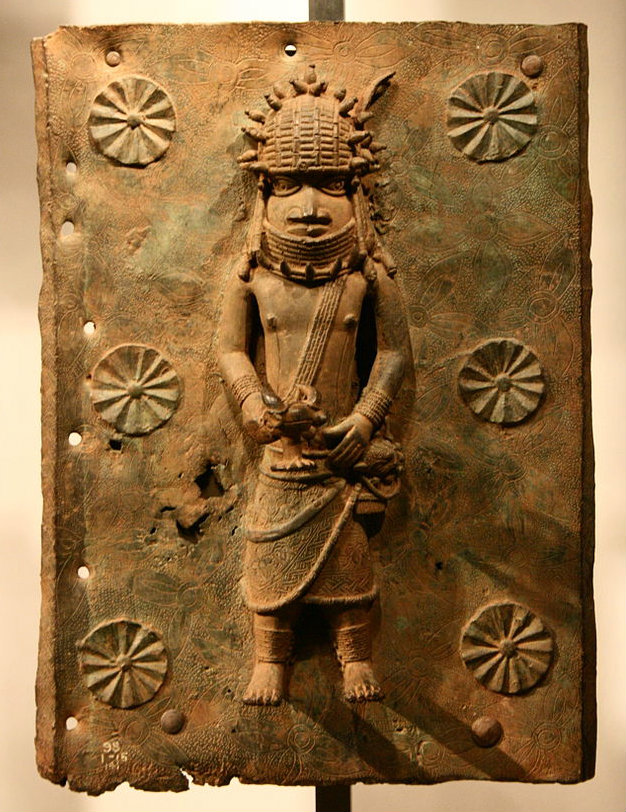
6) Koh-i-Noor Diamond, India
The Indian government has long demanded that Britain return the famous 105.6-carat Koh-i-Noor diamond, taken after the Anglo-Sikh wars of the 1840s.

AKA: The Diamond of Babur
Koh-i-Noor diamond, meaning “mountain of light” in Urdu, was seized by the British Empire’s East India Company as one of the spoils of war during the colonial era.
When the Maharaja, Ranjit Sigh died in 1839, it left the Sikh kingdom lacking in leadership, paving the way for the colonial governor of India in 1850 to persuade the new maharaja – the 13-year-old Duleep Singh – to make a highly controversial decision to gift the Koh-i-Noor diamond to Britain’s Queen Victoria.
In 1937, the stone was set in the British Royal Crown, along with 2,800 other diamonds. The Ko-hi-Noor currently resides in the Tower of London, where it is on public display along with other famous items.
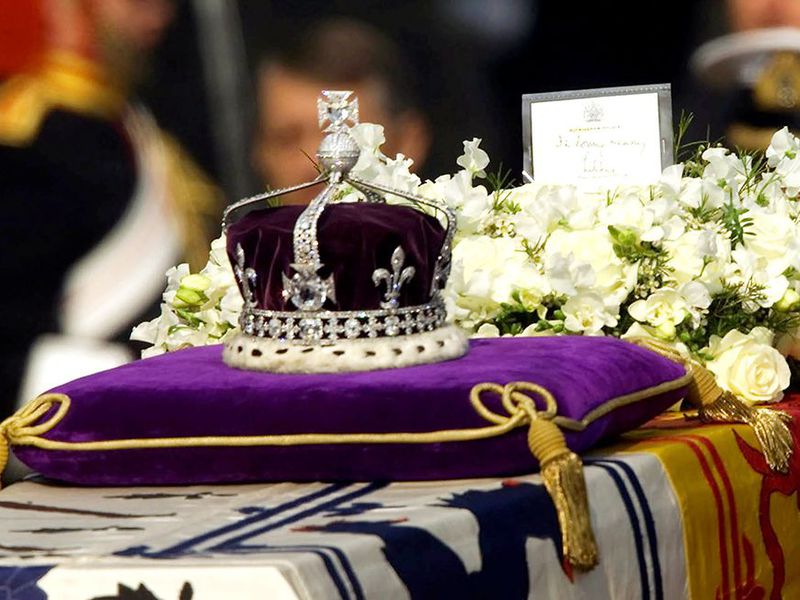
Despite India’s demands for its return, the former British Prime Minister David Cameron said the diamond will not be returned.
“I certainly don’t believe in ‘returnism’, as it were. I don’t think that’s sensible,” continuing, “It’s the same question with the Elgin Marbles and all these other things.”
5) The Rosetta Stone
Egypt demands that the 2000-year-old Rosetta Stone, the key to understanding ancient Egyptian hieroglyphics, be returned to Cairo. Egypt has threatened to pursue its claim “aggressively” if the British Museum does not give it back.

The Stone, which dates from 196 BC, was discovered in 1799 in the western delta of the Nile by Napoleon’s army in 1799 in the Nile delta. The Rosetta Stone is the key to understanding Egyptian writing as the stone includes both hieroglyphics and the Greek translation.
The Rosetta Stone was taken out of Egypt in 1799 during French colonial rule and is currently on display at the British Museum in London.
Although Egypt has continued to push for the stone’s return, the British Museum refuses to budge. The British Museum said it had not received an official request for the permanent return of the Rosetta Stone. But considered a request for a short-term loan of the stone for the opening of the museum in Giza in 2012 and 2013.
4) Sumerian Artifacts, The National Museum of Iraq
By the time the museum staff returned after the U.S. invasion, thieves had plundered an estimated 15,000 items, many of them choice antiquities including ritual vessels, heads from sculptures, amulets, Assyrian ivories and more than 5,000 cylinder seals.
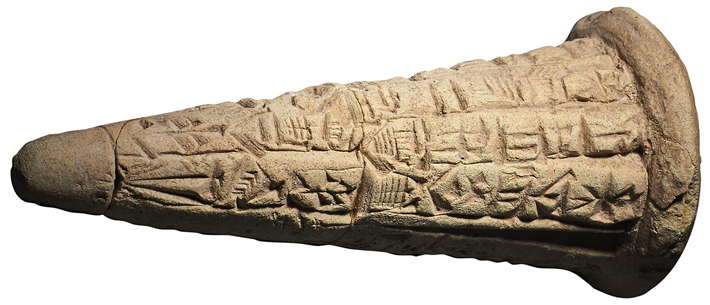
“Every single item that was lost is a great loss for humanity,” says Donny George Youkhanna, the former director general of Iraqi museums, now a visiting professor at the State University of New York at Stony Brook.
“It is the only museum in the world where you can trace the earliest development of human culture—technology, agriculture, art, language and writing—in just one place.”
When Baghdad was captured by the Americans in of April 2003, the museum was one of many cultural and historical sites left unprotected. In the beginning, staff were able to chase away looters and thieves that were only interested in practical things like chairs, computers and telephones. But as the hours and turned to days, looters moved on to priceless items that document the birth of modern human civilization.
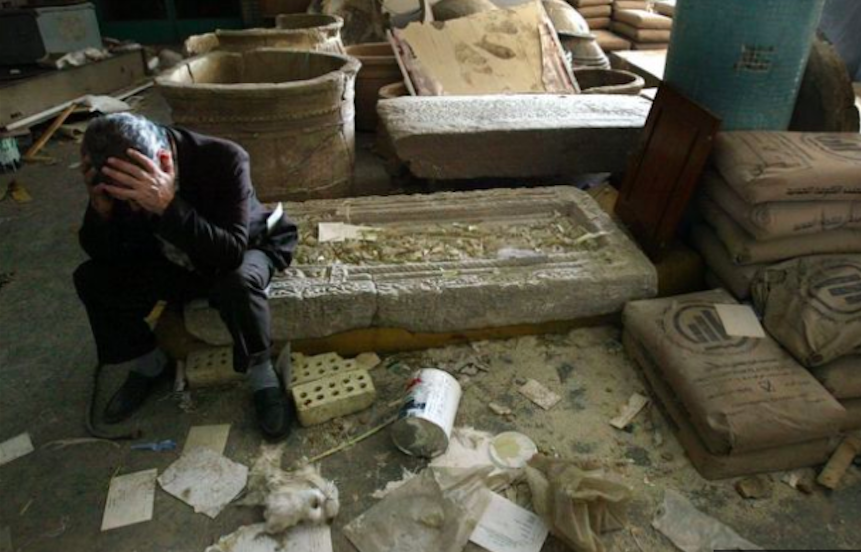
“There was clearly a great deal of resentment on the part of the local populace. The museum was a government symbol, and there was a lot of anti-government feeling. So people took it out on all those buildings.”
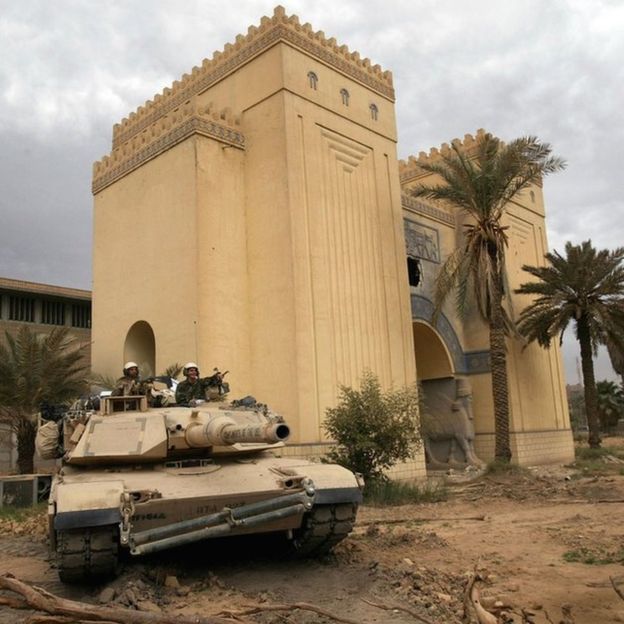
The British museum director, Neil MacGregor, phoned the Prime Minister’s office and urged them to contact the White House to save the Iraq Museum. Tanks arrived outside the building later that day.
3) National Treasures of China
Despite calls from China for the precious bronze artifact not to be sold, Britain went ahead with the sale. The relic is suspected to have been plundered from Beijing’s Old Summer Palace in 1860.
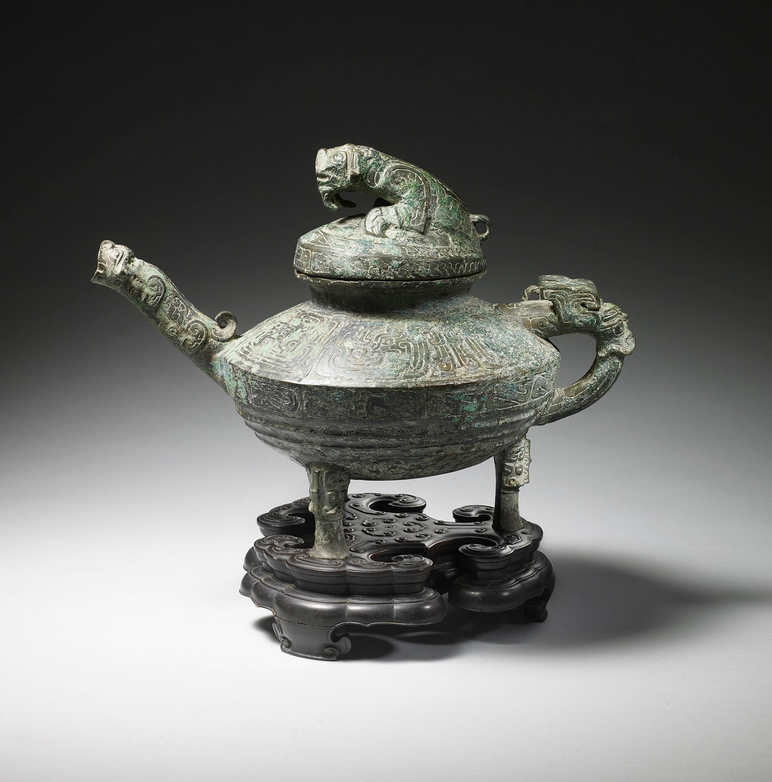
The 3,000-year-old piece, referred to as the Tiger Ying, is a bronze water container with tiger-shaped decorations and carved inscriptions. Experts generally consider it to be from the Western Zhou Dynasty (c. 11th century-771 BC). There are only seven known Ying artifacts around the world.
The British government has faced demands from Chinese state-run media and internet users to return some 23,000 priceless artifacts looted from Beijing in the 19th century now lying in the British Museum.
In the late 19th century, Britain was part of an Eight-Nation Alliance of American, Austro-Hungarian, British, French, German, Italian, Japanese, and Russian forces that put down the Boxers in China.
The Boxer Rebellion was a revolt initiated by the Militia United in Righteousness (Yìhéquán), known in English as the Boxers, where many of their members were practitioners of Chinese martial arts, referred to in the west as Chinese Boxing.
After being initially turned back, in 1860 the Eight-Nation Alliance returned with 20,000 armed troops and defeated the Boxers and the Chinese Imperial Army. Uncontrolled plunder of the capital and the surrounding countryside ensued – the Forbidden City was ransacked, the Old Summer Palace in Beijing destroyed, and along with them, the summary executions of suspected Boxers.

The British museum continues to reject China’s request to return the cultural treasures, contending that these artifacts “are world heritage objects and are more accessible to visitors in London,” According to Alex Palmer, a writer for GQ magazine.
“The modern Communist Party has declared its intent to bring China back from that period of prolonged decline, and the return of looted objects serves as undeniable proof—tangible, visible, and beautiful proof—of the country’s revival.”
“Chinese billionaires have been using their wealth to acquire Chinese art from European firms.
More stunningly, highly skilled thieves have targeted Europe’s museums, brazenly stealing Chinese antiquities that were looted during the 19th century.”
________________________________________________________________________________________________
The Effects of the Stolen Art Trade on Modern Art
The flood gates for African art pilferage opened when Europeans began the colonization of Sub-Saharan Africa around 1840. The travelers, traders and missionaries of the period gave indigenous African art little merit, leaving African art history to be poorly preserved and undocumented.
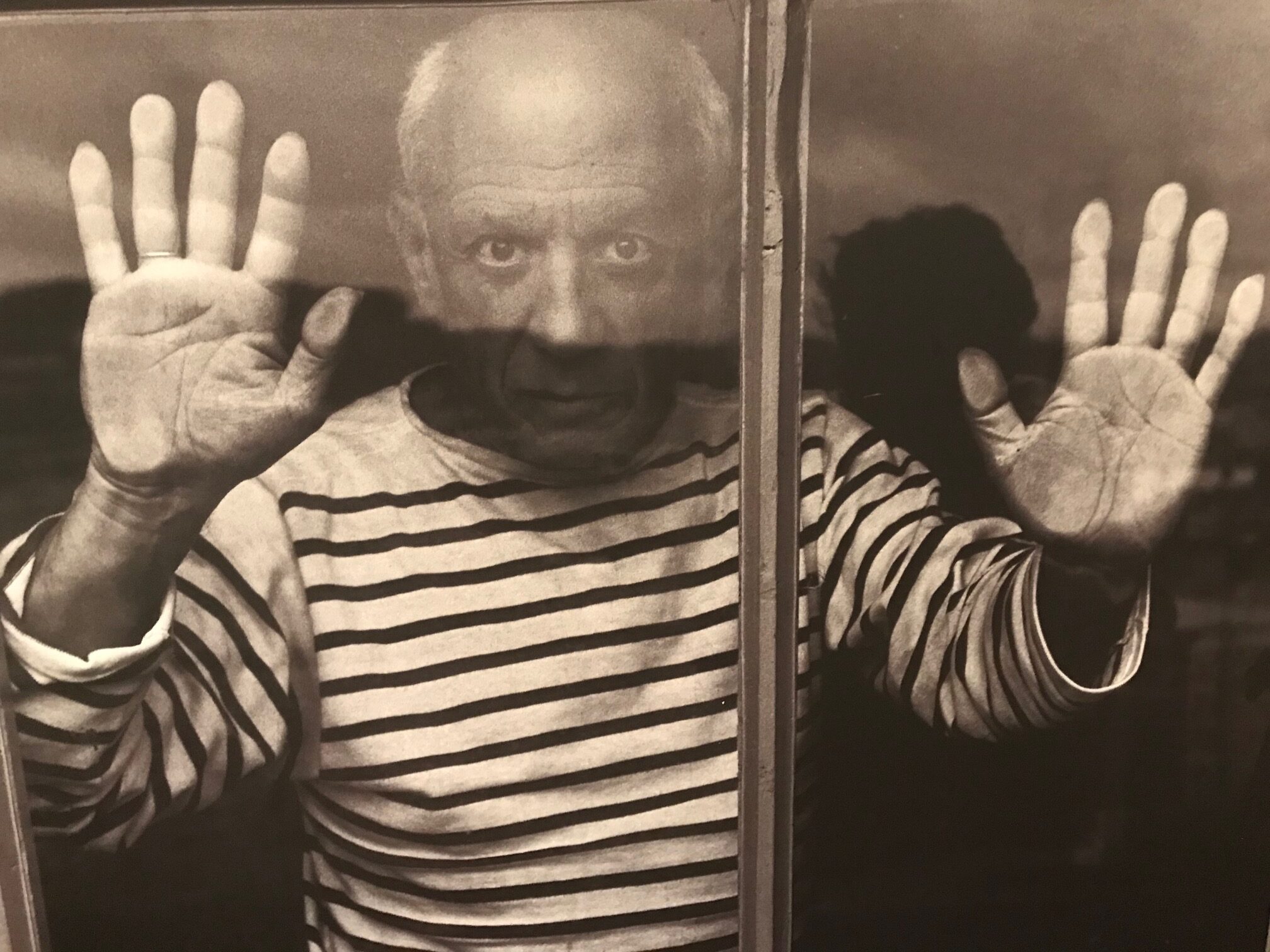
Picasso and other avant-garde artists from the ‘School of Paris’ began to collect tribal sculptures and artifacts when they started to appear in great numbers in Paris from illicit art trading.
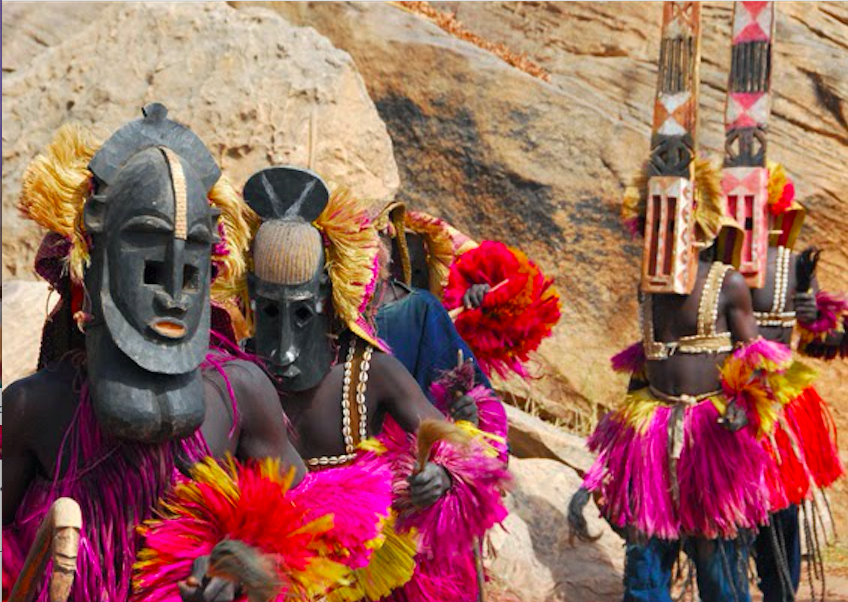
Picasso incorporated the ceremonial masks of the Dogon tribe into his groundbreaking work like Les Demoiselles d’Avignon, (1907-1909) and the influence of his Gabon masks he acquired is also seen in his white sculpture, Head of a Woman (1929-1930).
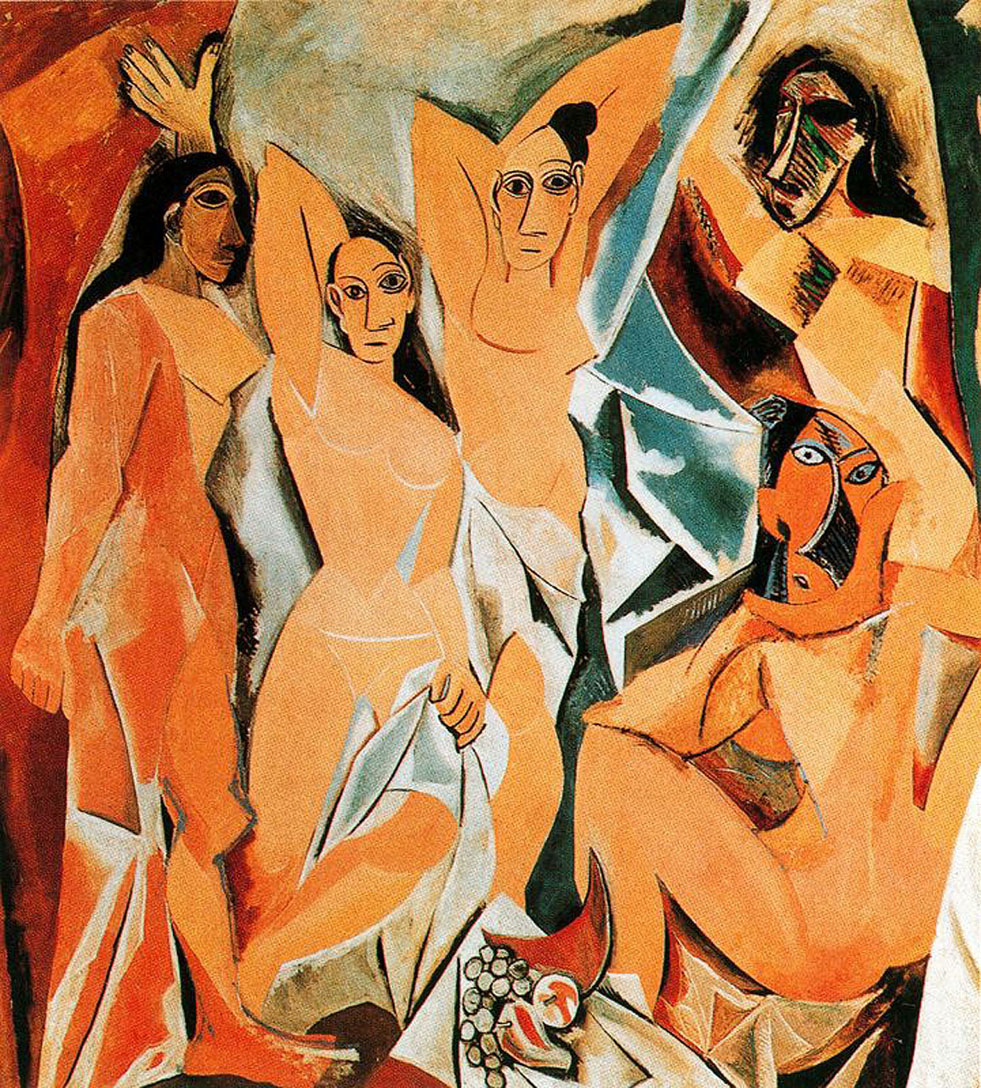

Western visual art was changed forever when Cubism was born, influenced by the African sculptor’s simplified use of planes, forms and proportions in the rearrangement of human form.
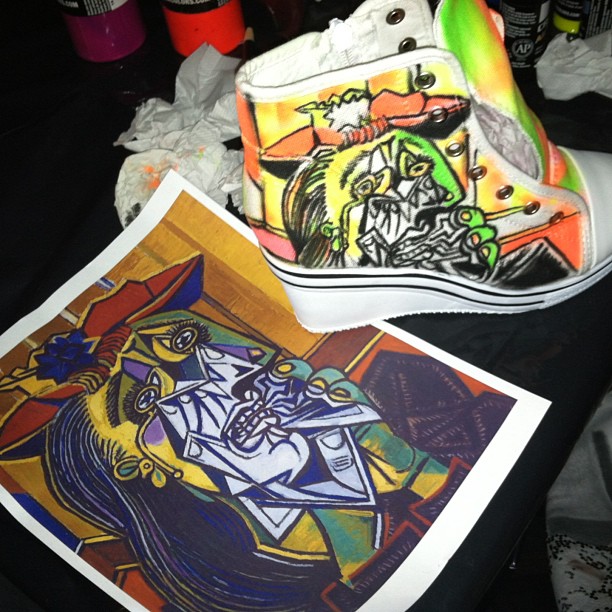
________________________________________________________________________________________
2) Looted Ethiopian Treasure
One hundred fifty years marks the anniversary of a brutal period in Ethiopian and British history.
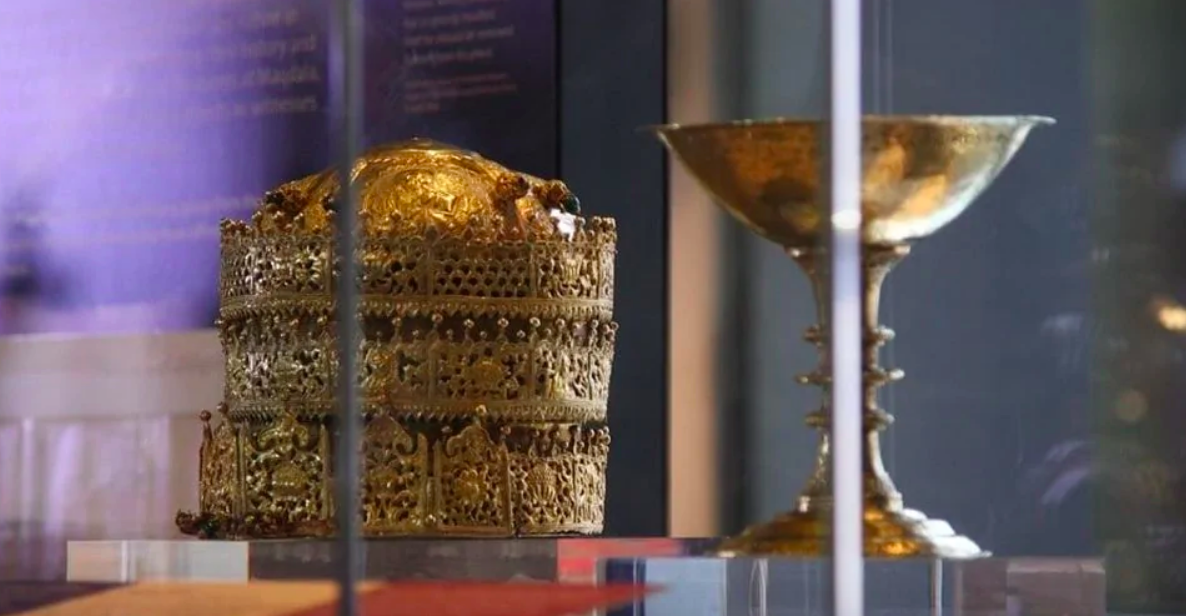
The Victoria and Albert Museum hosts a special collection called Maqdala 1868, including a number of the artifacts, looted by British forces in that campaign. Most prominent are the golden crown, adorned with images of the Apostles and a royal Abyssinian Chalice.
The 1868 Battle of Maqdala between the British and the Abyssinian empire, in modern day Ethiopia, began as a rescue mission to free British hostages from the Abyssinian Emperor, Tewodros II.
But it was also a punitive expedition. In the wake of the assault, the Abyssinian Emperor reportedly commits suicide with British troops destroying the Emperor’s fortress, including the seizure of the Emperor’s crown, chalice, and other Ethiopian treasures that were brought back to London.
The other treasures included the Emperor’s seven year-old son, Prince Alamayou, who would die of pleuritis years later in Britain at the young age of eighteen.

1) Nefertiti Bust, Egypt
The “Nefertiti Bust” was brought to Berlin in 1913 just before World War I. During World War II, it was removed by the Nazi government to a secret place for safekeeping from the bombing of Berlin.
The Nefertiti Bust was discovered by the occupying American forces in a salt mine and put on display in West Berlin. The Soviets who occupied East Berlin where the Neues Museum and Museum Island were located, objected and demanded that the bust be returned to the Neues Museum and Museum Island.
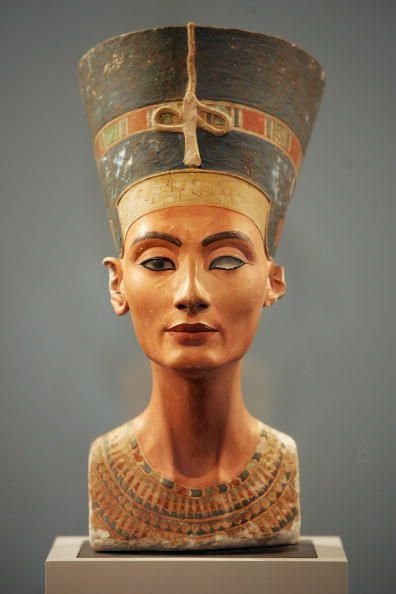
Egypt has persistently requested the return of Nefertiti to its homeland.
Egypt claims that Germans took the Nefertiti statue in 1913 using fraudulent documents and deception. Germany has ruled out returning the ancient bust, with Berlin’s Egyptian Museum curators maintaining that even a brief loan may damage the bust.
The painted stucco-coated limestone bust was discovered by German archaeologists during excavation of the workshop of the sculpture Thutmose in Amarna, Egypt in 1912. The German expedition was digging under license of the government of Egypt, which at the time was ruled by the Ottoman Empire, what is now modern day Turkey.
Nefertiti was the Great Royal Wife of the Egyptian Pharaoh Akhenaten and Egypt’s Queen during 1370 B.C.-1330 B.C. With the sculpture’s well-preserved coloring and beauty, Nefertiti is one of the most copied works of ancient Egypt. She is an icon of feminine beauty and one of the most famous women of the ancient world.
When works of art are stolen, the victims are often hesitant to notify the authorities.
Even if law enforcement agencies are alerted, they may not have the resources to thoroughly investigate the crimes. The art trade is the largest lawful unregulated business on the planet and only about 10% of stolen artwork is ever recovered.
You wouldn’t buy a house without a deed, yet shadowy characters buy artwork worth millions of dollars all the time. Buyer and looters beware!
Further Reading:
https://www.thedailybeast.com/museums-use-nazi-tactics-to-keep-art-stolen-by-the-nazis
https://www.thedailybeast.com/museums-use-nazi-tactics-to-keep-art-stolen-by-the-nazis
https://www.theguardian.com/culture/2015/jun/29/museums-looting-art-artefacts-world-culture
https://www.tripsavvy.com/great-zimbabwe-ruins-1454657
https://www.historyextra.com/period/ancient-greece/7-facts-about-the-elgin-marbles/
https://newsone.com/3841819/museum-black-civilizations-senegal-africa-europe-stolen-artworks/
https://www.bbc.com/news/world-africa-4540655
https://qz.com/africa/1477656/british-museum-to-return-looted-benin-bronze-artifacts/
https://www.straitstimes.com/opinion/preventing-the-plunder-of-aseans-heritage
https://www.worthy.com/blog/knowledge-center/diamonds/famous-diamonds/kohinoor-diamond/
https://www.smh.com.au/world/egypt-demands-return-of-ancient-rosetta-stone-20030721-gdh4rs.html
https://www.smithsonianmag.com/arts-culture/looting-iraq-16813540/
https://www.peacepalacelibrary.nl/2018/04/looted-ethiopian-treasure/
https://www.contemporary-african-art.com/african-art-history.html
